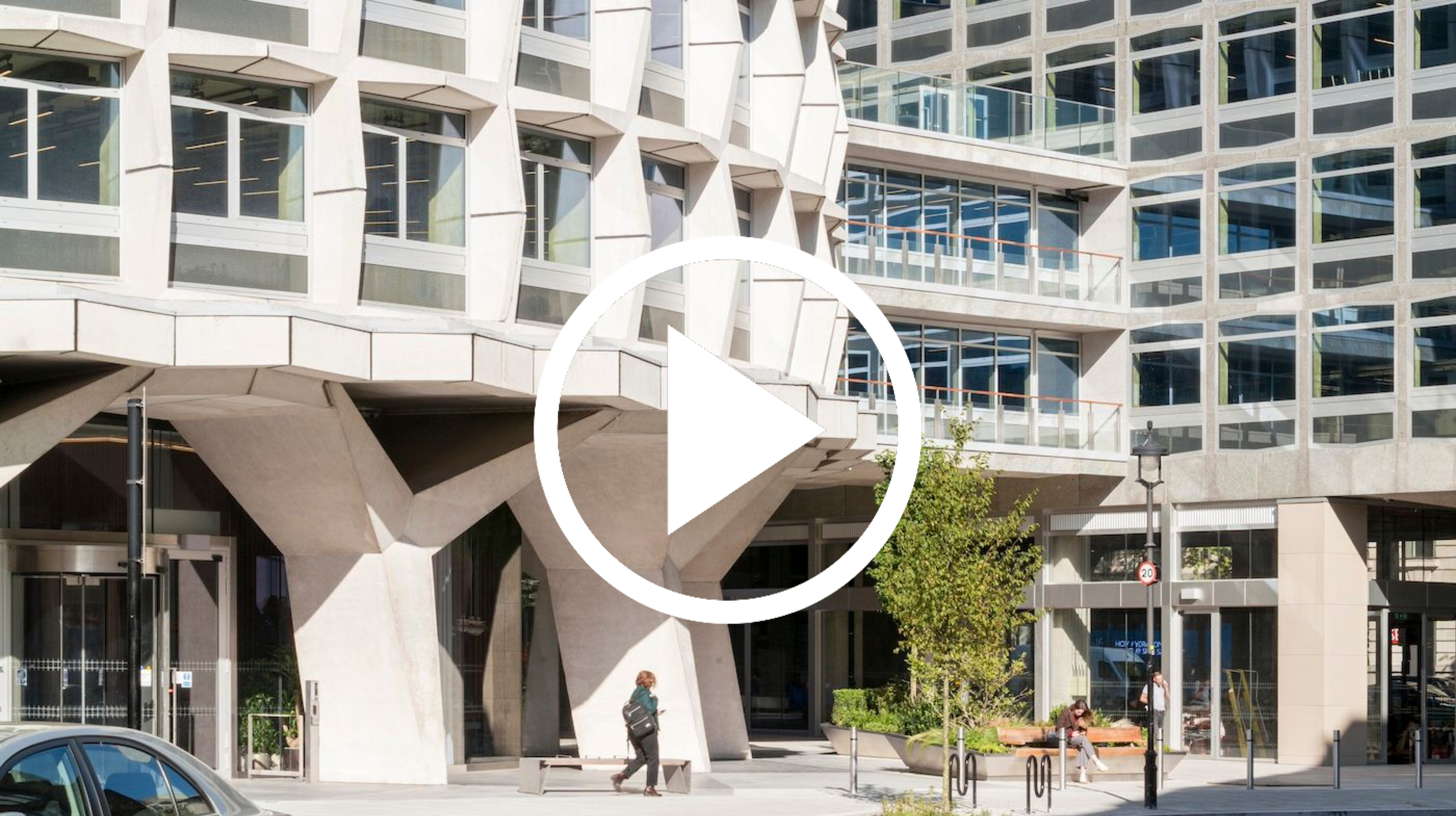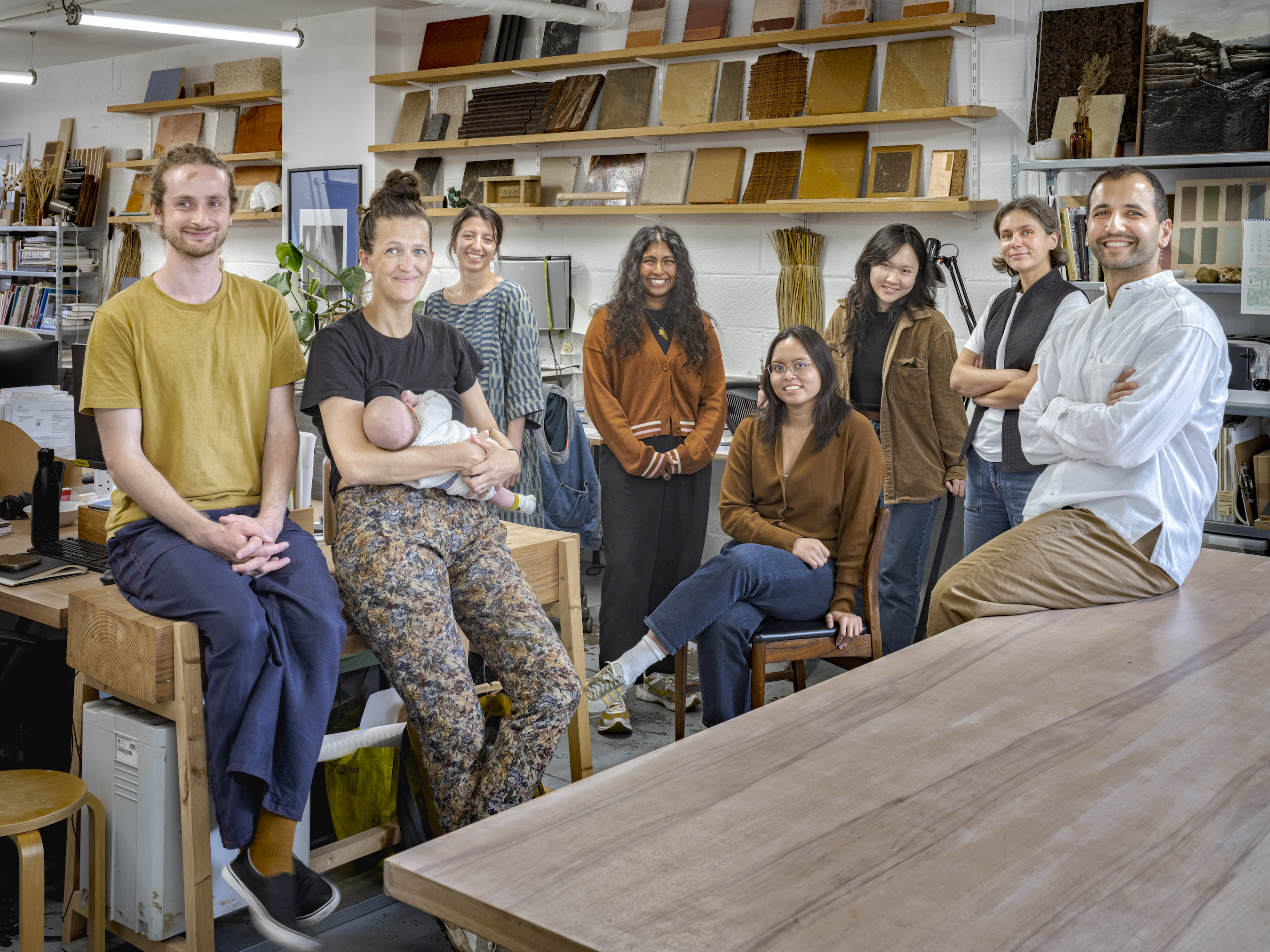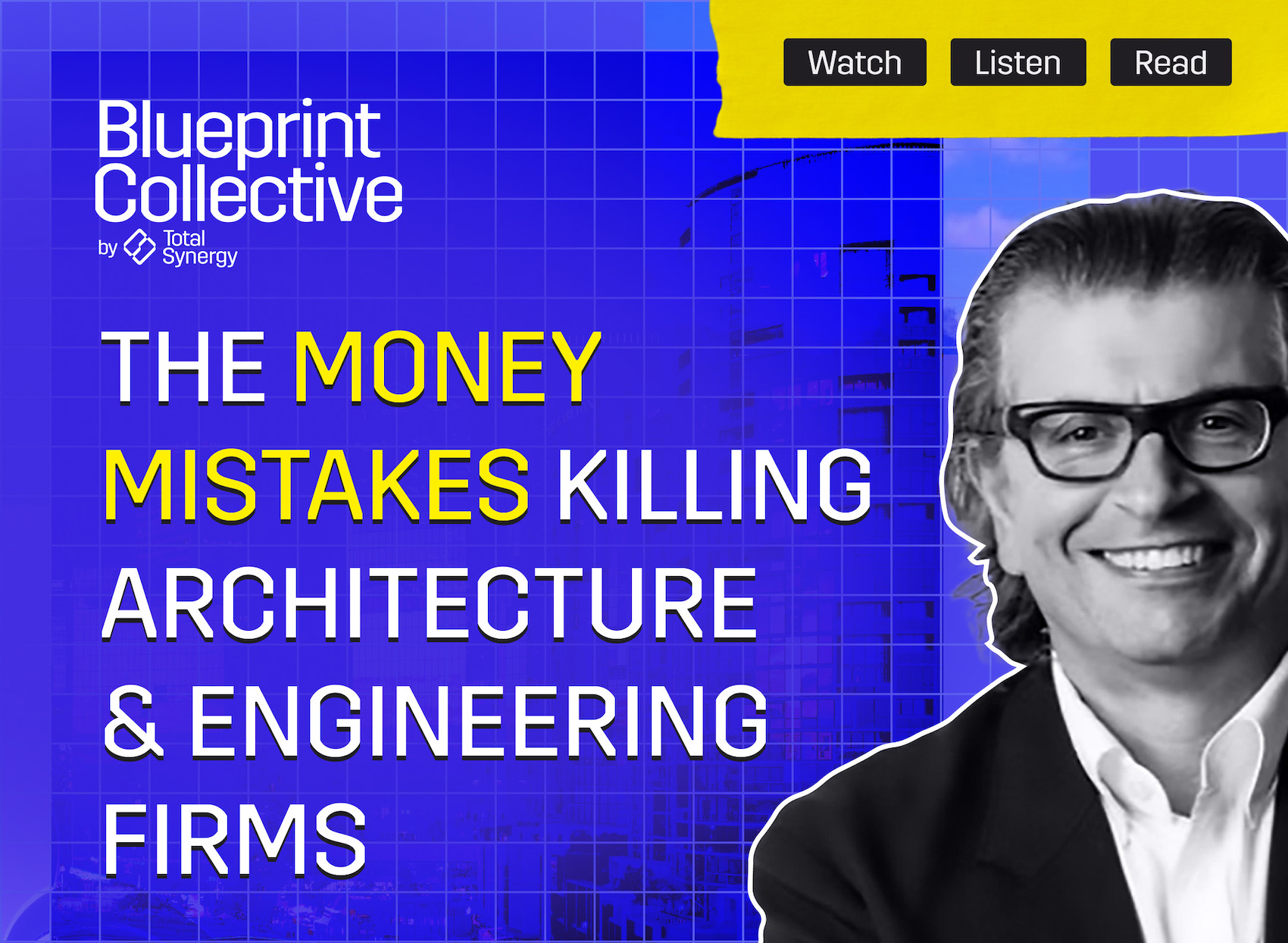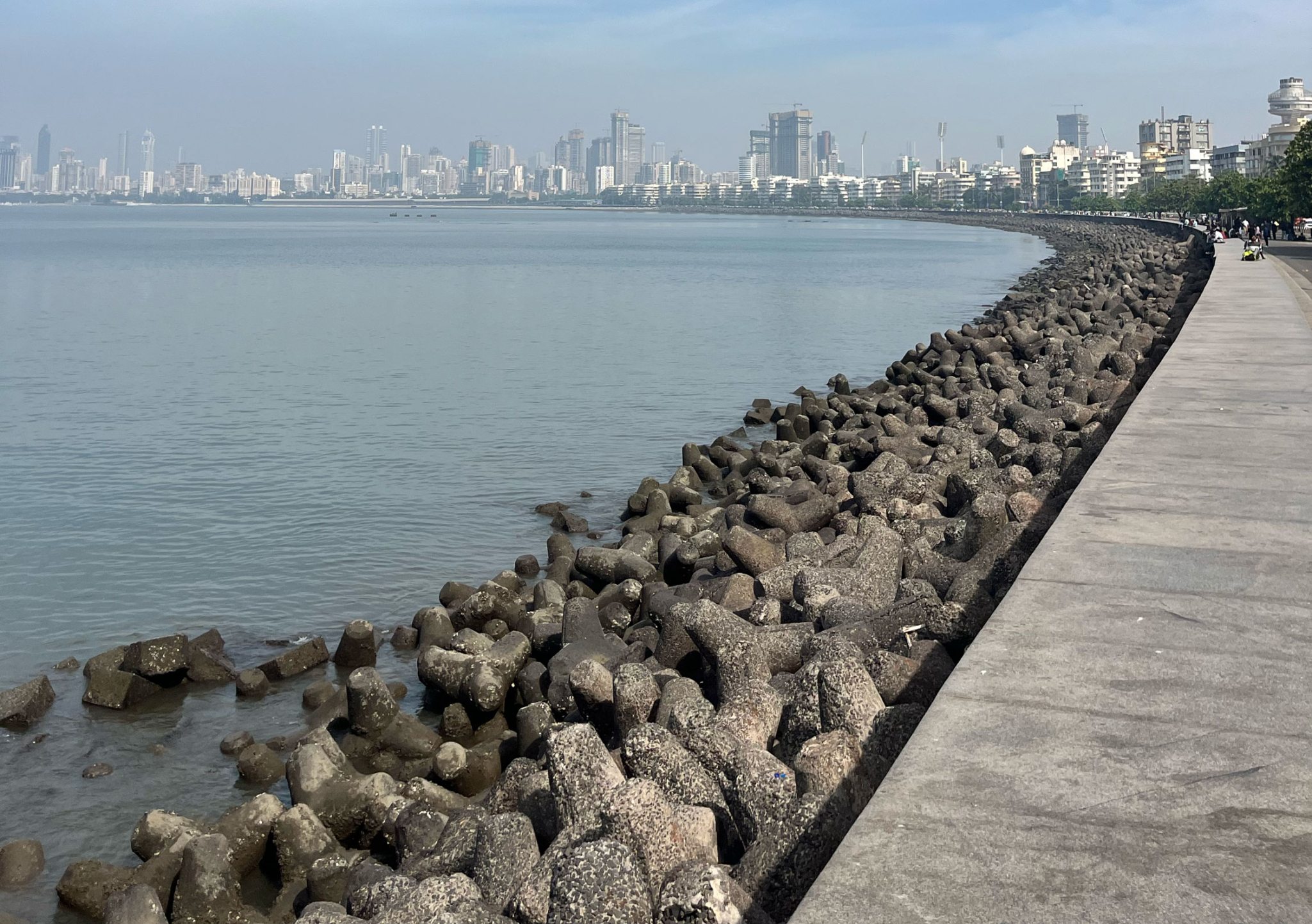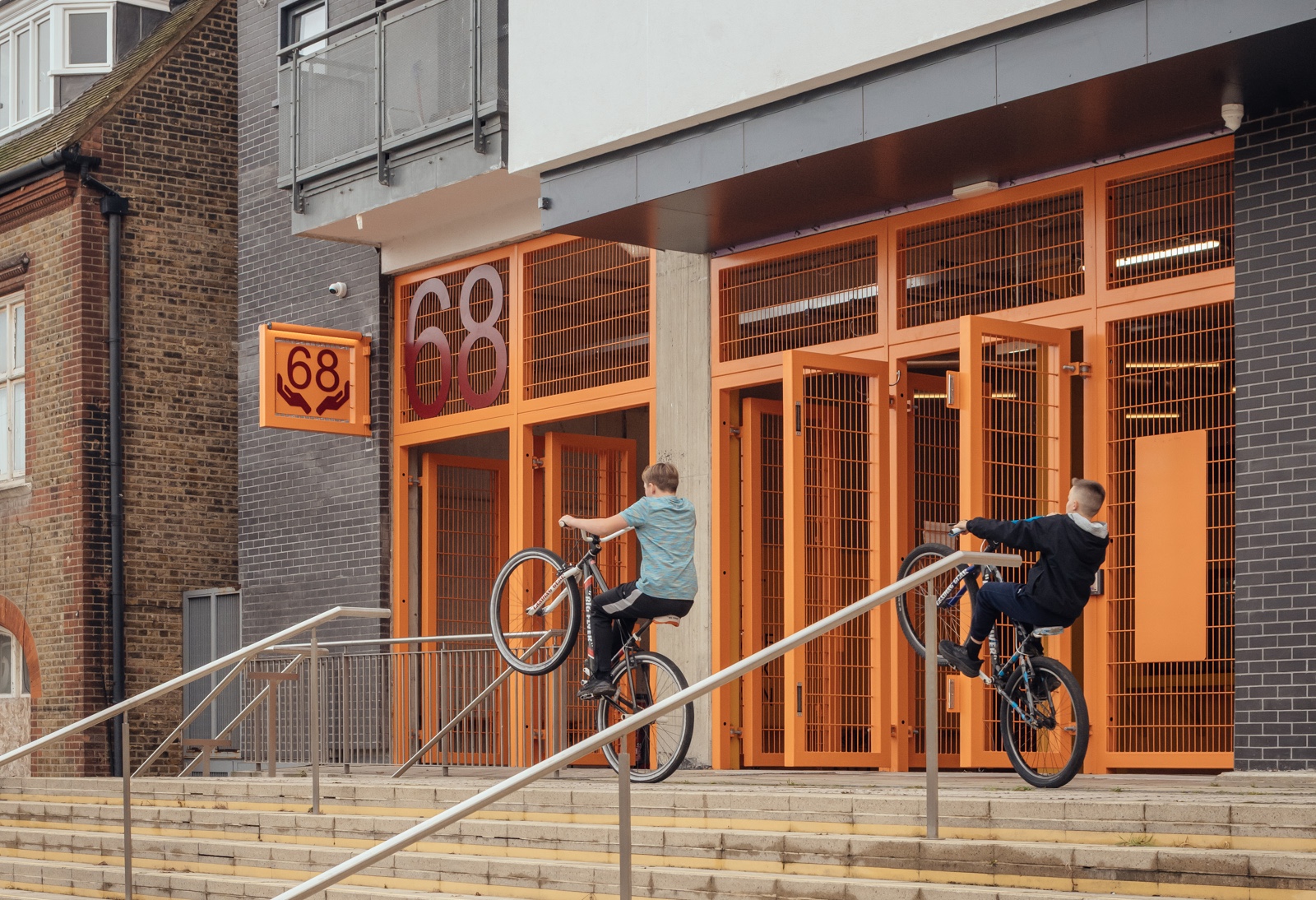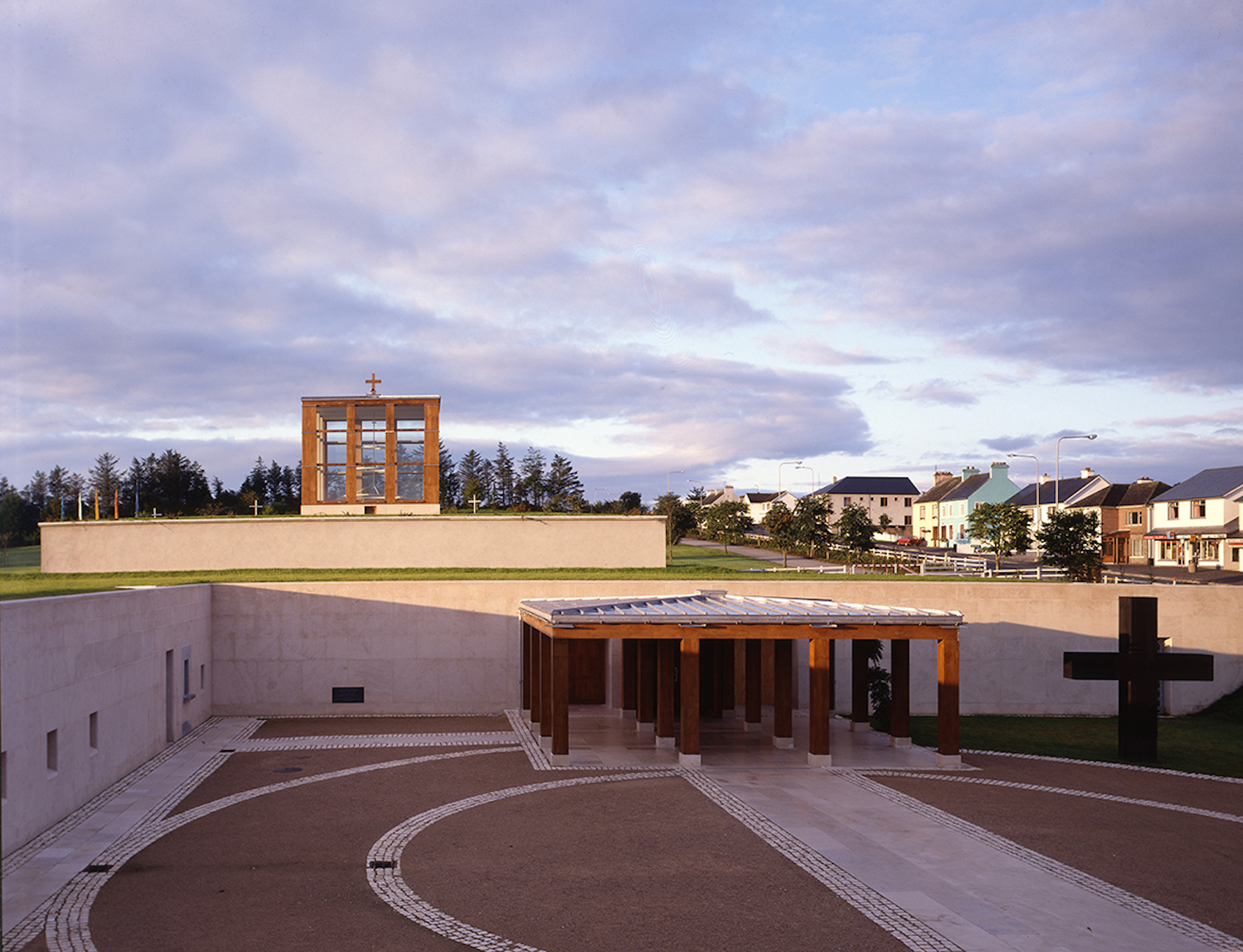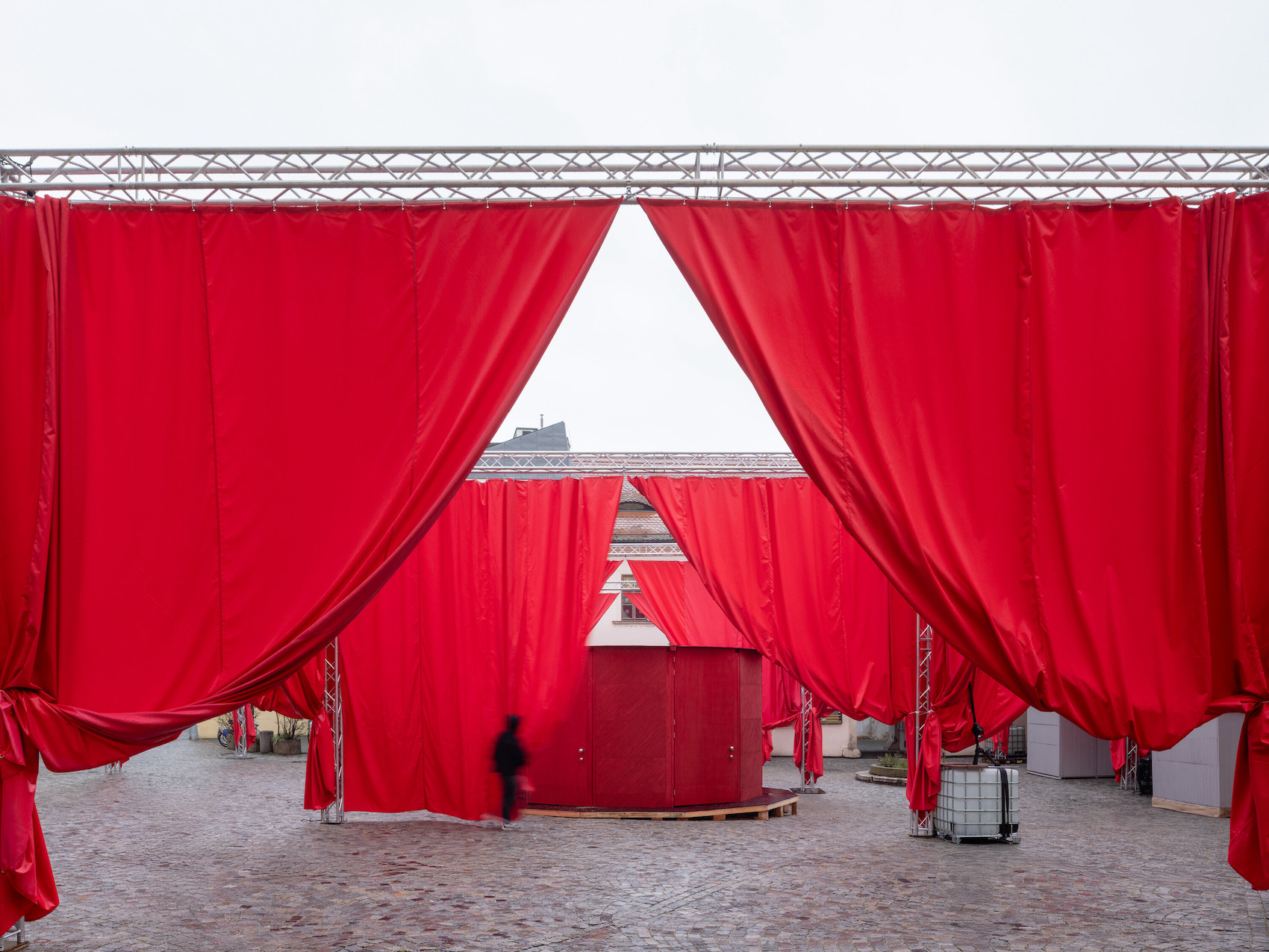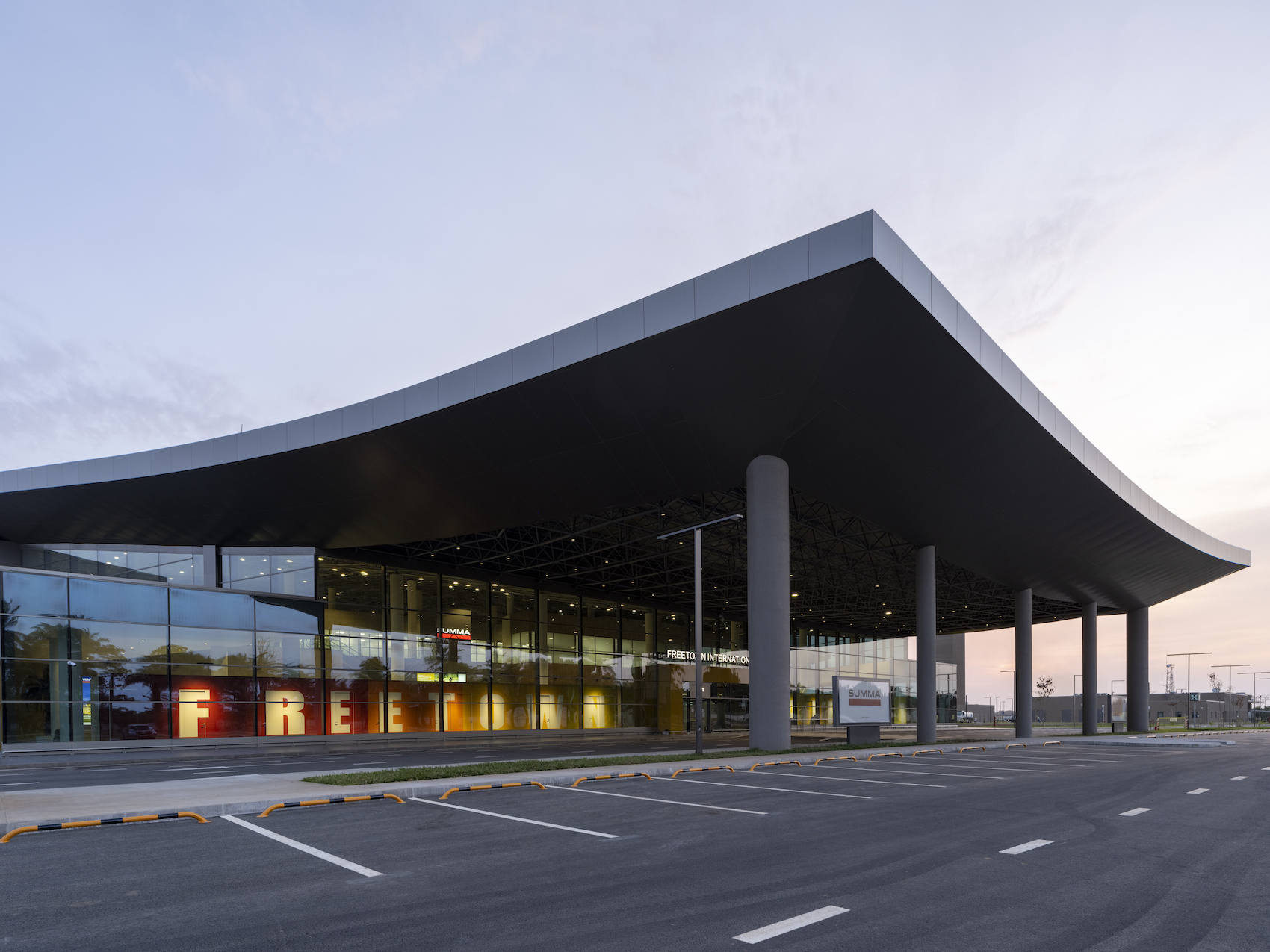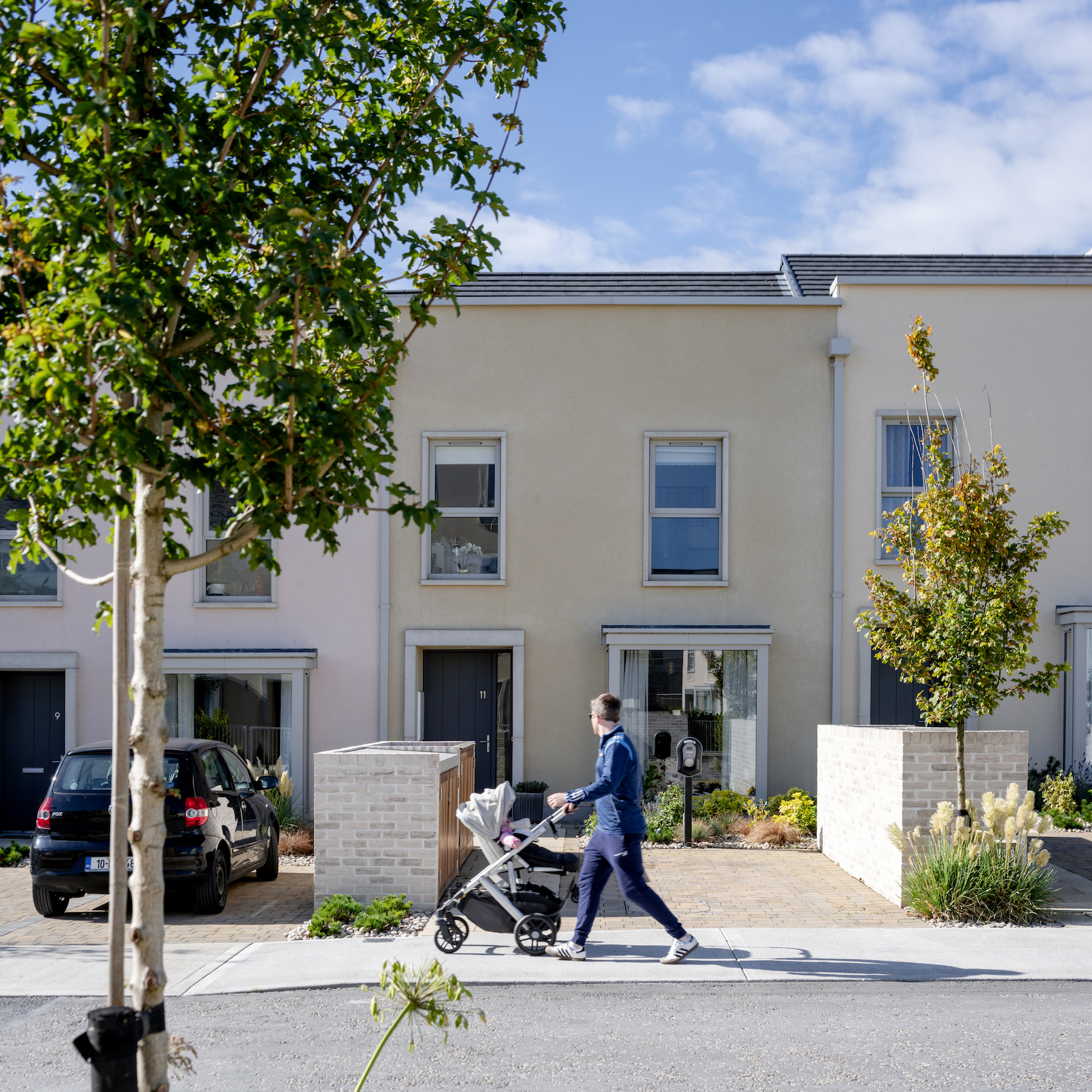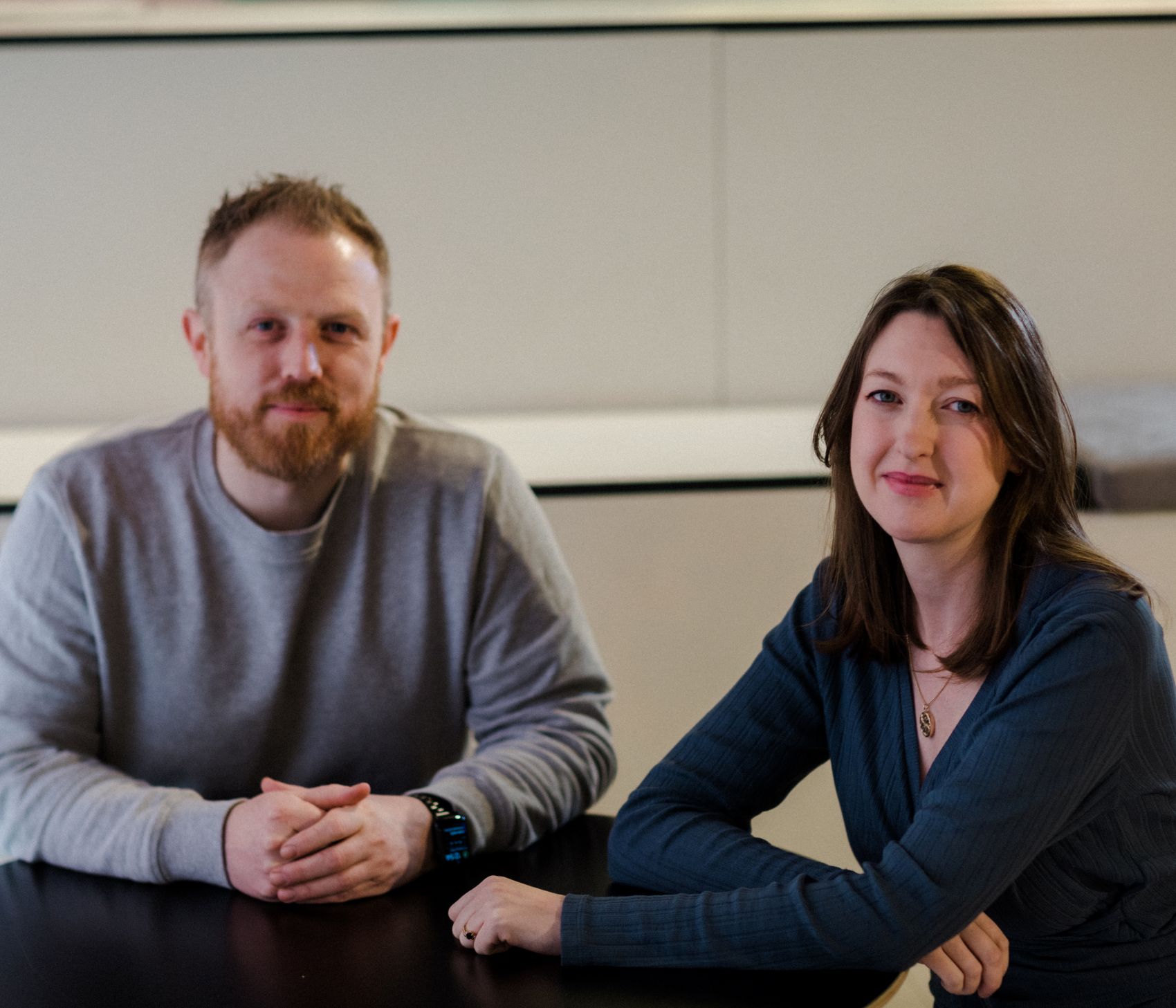Buckley Gray Yeoman’s Sustainability Specialist, Alexander Buck, embeds regenerative design into every stage of an architectural project. From rethinking materials to environmentally responsible AI use, Alexander tells us what it takes to champion systemic change whilst drawing deep inspiration from nature and community.
What really gets me out of bed in the morning, besides a strong cup of tea, is the amazing advancements I am seeing in low-carbon materials and circularity. This is one of the pillars of regenerative practice that I believe in, embedding innovation into everything we do. Business as usual is no longer an option, and we must embrace every advancement to decarbonise, responsibly and ethically. Most recently at BGY, I have been helping project teams implement a number of advancements such as the use of re-used steel at our Broadgate Tower project, the jacking of existing slabs at our Giltspur St project, and the creation of terrazzo tiles made from recycled building waste and low-carbon raised access floor tiles made from recycled gypsum wall boards.
What is great about the Sustainability specialist role here at BGY is that it is truly pan office, not just covering all project scales and typologies, but also our three office locations in London, Bristol and Madrid. Earlier this year, I reformed the sustainability review protocol and introduced an online booking system to promote more informal drop-in sessions, which are more useful and efficient for project teams than lengthy formal reviews. Our team here at BGY are great at embedding sustainability into every project, and I try to touch base with all projects at the early stages of design to identify early doors the ones that require more tailored support.
AI, like an electric bike, helps us reach our goals faster, but like the bike, with added energy and carbon costs. It excels at handling ‘low-joy’ tasks, supporting rather than replacing our core services. This allows us more time to focus on what we love; designing. The practice has been developing a number of guardrails when it comes to the use of AI in practice, which covers everything from ethics to copyright and carbon. Some of the ways we are looking to reduce the impact of AI on the environment are by prioritising energy-efficient models for routine non- critical tasks, batch similar requests and use local processing where available. As part of our on-going Practice Scope 1, 2 & 3 emissions calculations, I will be looking at how we can quantify these carbon emissions, based on available date and then, just like our other operational carbon emissions, we will regularly monitor and set targets to reduce them as part of our Carbon Reduction & Regenerative Practice Plan.
At home, I am lucky to have a garden, albeit on the smaller side. I love being in it, tending to my plants and seeing things grow. It feels like a little sanctuary, an oasis in our bustling megacity. Therefore, I understand the value and positive impact that access to green space has on people’s health and wellbeing. I have always believed in giving people access to as much green space as possible as part of the projects I am involved in, be it vibrant pocket parks with reflecting pools, lush rooftop terraces or atriums with cascading greenery. BGY has been doing this for many years, well before Urban Green Factors and Biodiversity Net Gain polices, but it is essential we keep doing more to design nature into our built environment as it is not just nice for us humans, it is great for wildlife and the planet too.
Sustainability has always been at the heart of who I am. I was fortunate enough to have parents who believed in recycling, organic food and solar panels well before these things became as mainstream as they are now, and these values of being kinder to the planet set me up for adulthood. The focus specifically on sustainable design came about 5 years ago when the world was being turned upside down by Covid, and I realised that as architects we have a huge part to play not only through the impact of the built environment on human health but also the environmental health of the planet as well. Hearing the statistic that the built environment in the UK accounts for 40% of our carbon emissions galvanised me into using the influence and position we have as architects to embed the values of sustainability that I was raised with into my day- to-day job and to make it the focus of my career.
Whilst I have worked on many interesting projects over the years, the most recent project I directly worked on, which I think exemplifies regenerative practice, has to be 206 Marylebone Road. A challenging office redevelopment of a 1930s and 1960s building next to Marylebone Station. Working alongside Westminster City Council and the design team, we looked to bring forward a pioneering circular economy strategy for the building, which embedded regenerative design at its heart. Unfortunately the 1960’s façade had come to the end of its life in terms of performance and aesthetics so we developed a strategy with specialist stonemasons to carefully remove the existing Portland Ashlar stone from the 1960s façade and then had it cut and reshaped to form a new high-performing façade that complements the retained 1930’s portion of the building. An incredibly challenging but rewarding project to have been part of – I learned so much!
It is not easy staying positive when you feel like the tide is against you, and it can feel like the world is heading in the wrong direction on sustainability and the environment lately. However, it is times like these that I believe we have to dig deep and find our inner resolve to continue on with the important work that is happening all across the built environment industry here in the UK. I am reminded of the popular wartime phrase ‘KEEP CALM AND CARRY ON’ and whilst the future can feel uncertain, I believe things will get better because of good, knowledgeable and hardworking people, often unsung heroes who are dedicating themselves to making sure we keep heading in the right direction no matter what. I am lucky enough to call many of those people my friends and colleagues.
Alexander Buck
Buckley Gray Yeoman
London E1



